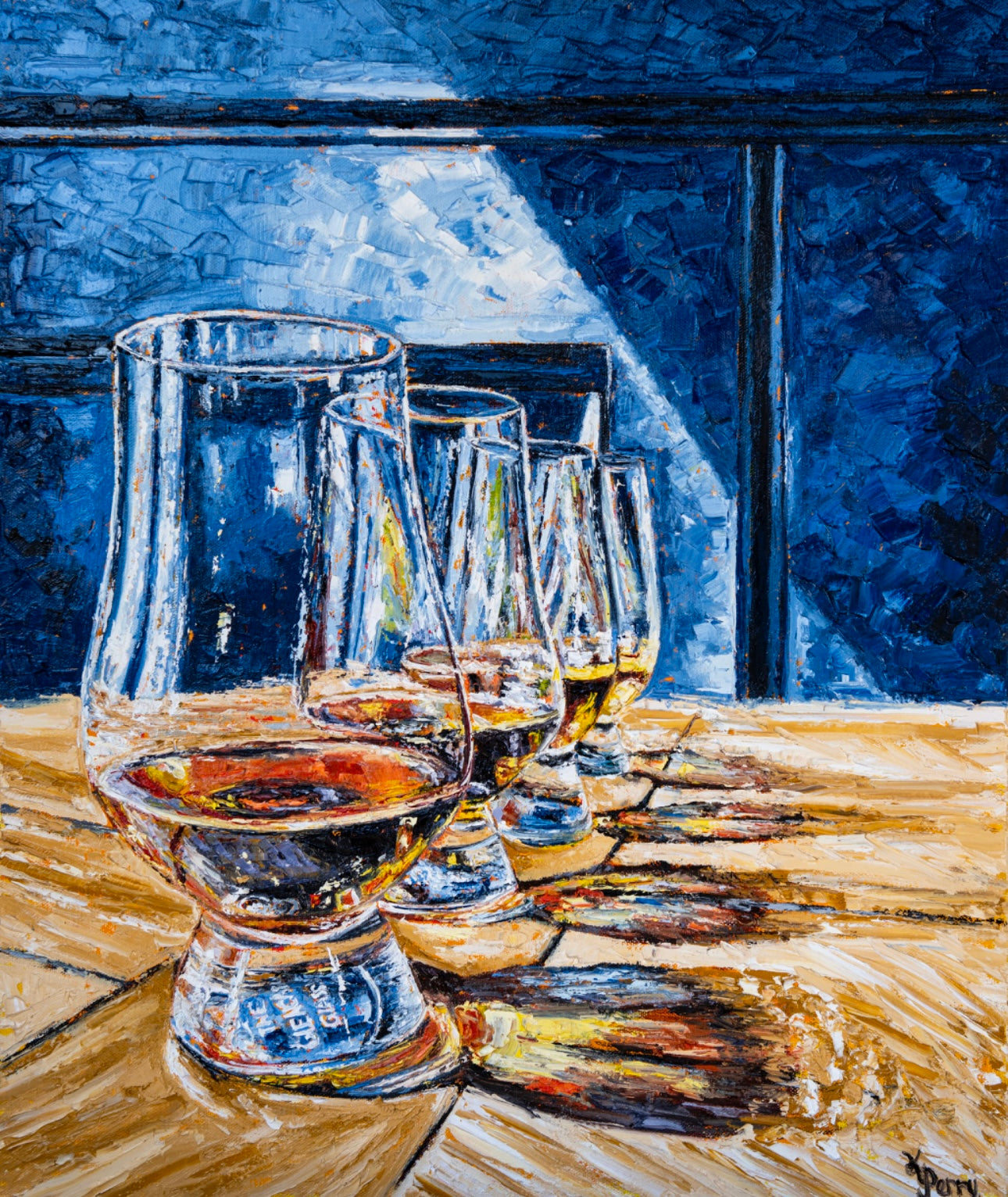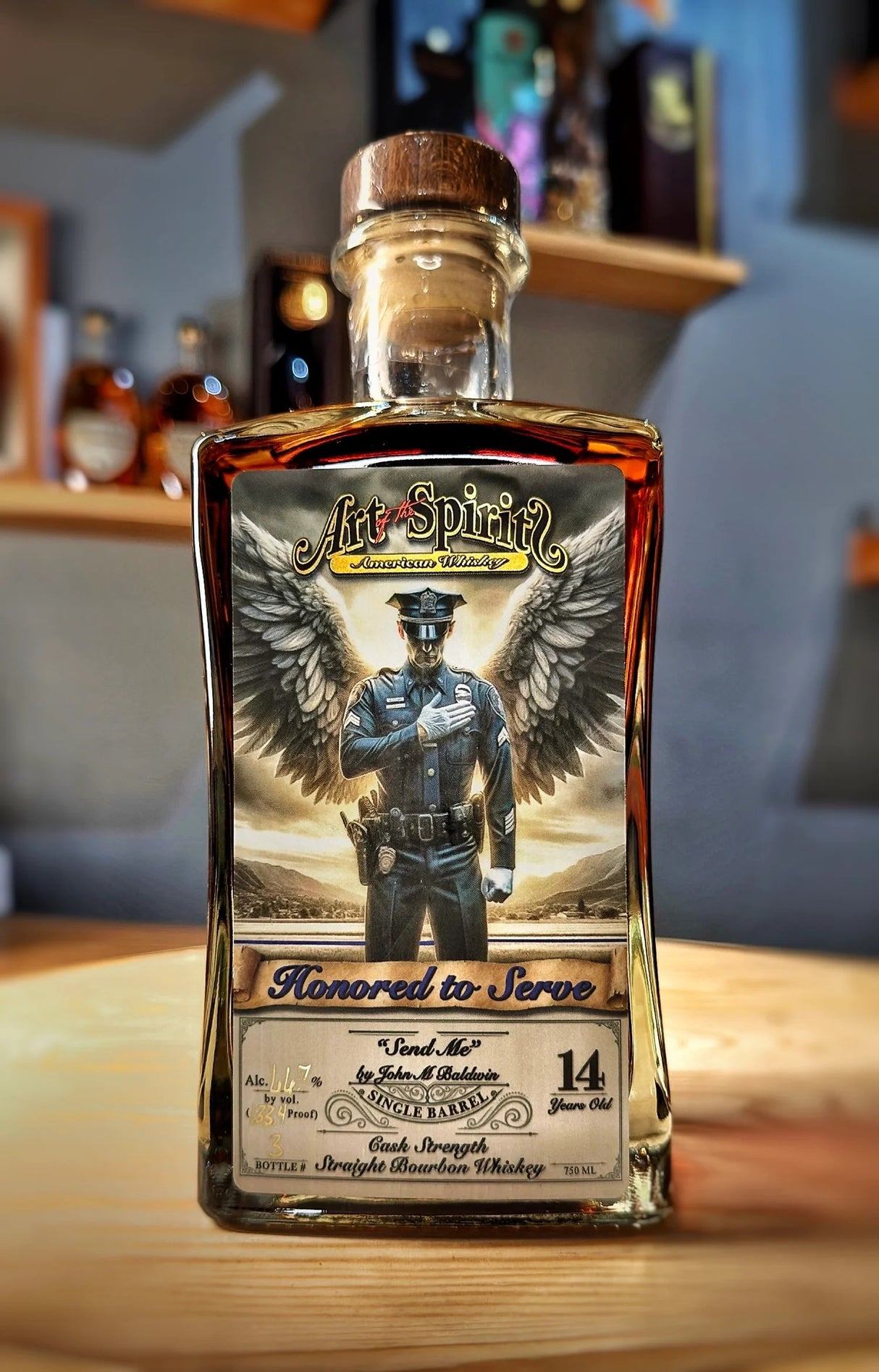Explore the World of Bourbon Art: A Journey Through Society and Craftsmanship
Explore the World of Bourbon Art: A Journey Through Society and Craftsmanship
Blog Article
The Value of Whiskey Art in Celebrating Heritage and Craftsmanship in the Beverage Industry
The elaborate partnership in between scotch art and the event of heritage and craftsmanship within the beverage sector can not be overemphasized. Through thoughtfully created bottles and labels, bourbon brand names encapsulate their historical origins and the artisanal abilities that define their manufacturing approaches.
The Historical Roots of Whiskey
At the heart of whiskey's allure exists a rich tapestry of historic roots that trace back to ancient civilizations. The origins of whiskey can be linked to the purification methods of the Sumerians and Babylonians around 2000 BCE, where early kinds of fermented grain beverages started to emerge. Nevertheless, it remained in the Middle Ages that the art of distillation developed dramatically, especially in Ireland and Scotland, resulting in the production of scotch as we recognize it today.
The term "scotch" itself stems from the Gaelic word "uisce beatha," suggesting "water of life." This phrase emphasizes the social value of whiskey in Celtic societies, where it was usually connected with rituals, events, and public bonding. By the 15th century, purification ended up being a recognized craft within monastic areas, paving the method for the establishment of legal distilleries.
As profession routes increased, bourbon's popularity expanded, going beyond regional limits and catching the interest of aficionados worldwide. Whiskey Art. This historical journey shows not just the craftsmanship behind bourbon manufacturing however additionally its integral role in social and social contexts, noting it as a significant beverage throughout background
Artistic Expression in Branding
Whiskey branding stands as a compelling crossway of virtuosity and commerce, where visual identification plays an important role fit consumer assumption. The aesthetics of scotch labels, packaging, and advertising materials show not just the brand name's story yet likewise its core values and heritage. With imaginative expression, distilleries convey a story that reverberates with customers, evoking feelings and sparking connections.
Using shade, typography, and images in branding offers to distinguish products in a saturated market. Typical concepts may stimulate a sense of authenticity and workmanship, while modern layouts can symbolize technology and forward-thinking. This calculated imaginative direction enhances brand name recognition and loyalty, allowing customers to forge an individual connection with the whiskey they select.
Additionally, imaginative expression in branding frequently works as an event of regional heritage. Distilleries often include local icons or historical recommendations right into their designs, producing a local color that welcomes consumers to partake in a wider social experience. Ultimately, the artistry behind scotch branding not only enhances visual allure yet likewise enhances the overall story of the brand name, cultivating a deeper admiration for the craftsmanship and heritage embedded in each bottle.
Workmanship in Bottle Layout
The artistry evident in bourbon branding expands beyond aesthetic identification to include the workmanship associated with bottle layout. Each container works as a vessel not just for the spirit within, yet likewise for the story it outlines its practice, origin, and high quality. The style process calls for thorough focus to information, as elements such as material, form, and closure contribute dramatically to the overall understanding of the bourbon.
Craftsmanship in container layout involves selecting high-grade glass that can boost read the article the scotch's color and quality, while also supplying a responsive experience for the customer. The silhouette of the bottle need to be both practical and visually attractive, typically mirroring the heritage of the brand name. Many distilleries go with distinct shapes or printed logos that stimulate a feeling of credibility and history.
Additionally, the tag design and typography play a vital duty in connecting the brand's narrative. Whiskey Art. A well-crafted container not only captivates the customer's eye yet additionally enhances the brand name's dedication to quality and practice. In this means, the workmanship of bottle style comes to be a vital element of the scotch experience, combining artistry with an extensive regard for heritage
Social Relevance of Whiskey Art
Celebrating tradition and craftsmanship, the cultural importance of scotch art transcends plain aesthetics, intertwining with the historical and social stories of the areas from which it originates. Each bottle works as a canvas, portraying the unique tales, mythology, and practices that have actually shaped regional whiskey-making practices. The detailed layouts typically mirror the heritage of the distillers, incorporating symbols and motifs that resonate with the culture and values of their areas.

Additionally, whiskey art plays an essential function in public celebrations and parties, working as a substantial link in between people and their shared experiences. By appreciating the virtuosity in scotch product packaging, customers cultivate a much deeper understanding and regard for the craft, inevitably enriching their enjoyment of the drink itself.
Modern Trends in Whiskey Presentation
In current years, the discussion of bourbon has developed to reflect modern preferences and fads while still honoring standard workmanship - Bourbon Art. Distilleries are progressively concentrating on aesthetic components that improve the overall alcohol consumption experience, connecting the space in between heritage and modernity
Innovative container styles have emerged, usually incorporating sustainable materials and creative labels that tell compelling stories. Many brands currently work together with neighborhood musicians, infusing their products with one-of-a-kind visual expressions that resonate with consumers. In addition, limited-edition launches are commonly packaged in collectible containers, including worth and allure for aficionados.

Conclusion
In conclusion, whiskey art offers as an important conduit for expressing the heritage and craftsmanship intrinsic in the beverage market. With intricate branding, ingenious container layouts, and culturally substantial creative elements, whiskey brands effectively honor their practices and connect with consumers.


Craftsmanship in container layout entails picking high-quality glass that can improve the scotch's shade and quality, while likewise supplying a responsive experience for the customer. In this way, the workmanship of bottle design ends up being an essential element of the scotch experience, merging artistry with an extensive respect for heritage.
In verdict, scotch art offers as an important conduit for revealing the heritage and workmanship integral in the beverage market.
Report this page